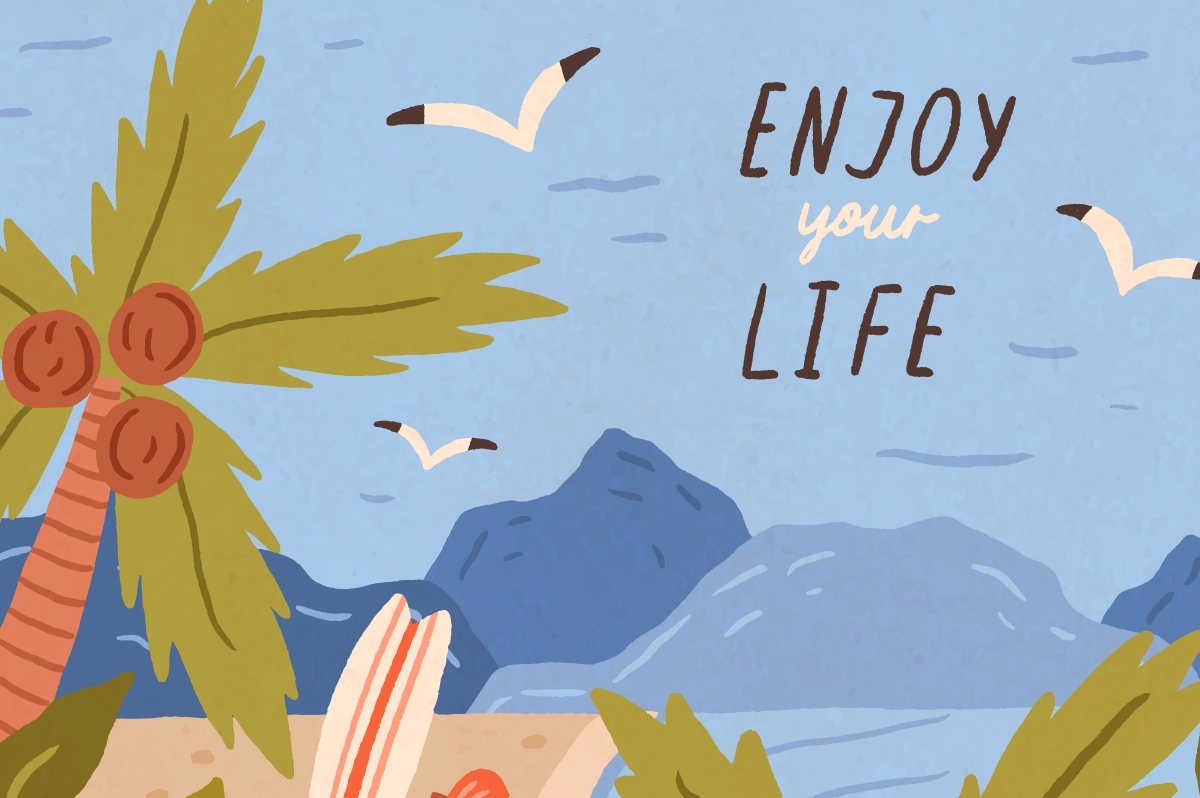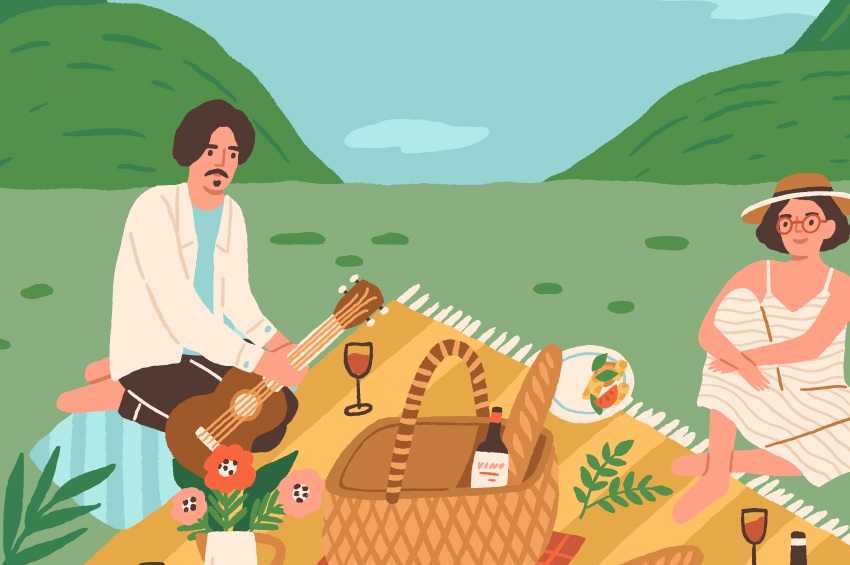If you’re like most travelers, the first – and most significant – question you ask yourself when planning a trip is where.
Where will you go? Where will you stay? Where will you spend your days?
While these logistical questions need to be answered eventually, it's best to start by focusing strictly on a place without giving any attention to your purpose for traveling in the first place. If you’re interested in slowing down and savoring your travel experiences on a deeper level and with more intention, the better question to ask is why.



